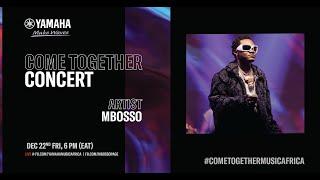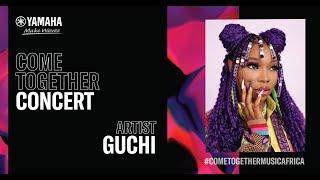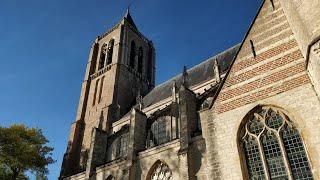"Live at Santa Barbara" is a legendary concert that took place on November 25, 1979, at the County Bowl amphitheater in Santa Barbara, California. It was a significant event in the career of the iconic reggae artist, Bob Marley, and his band, The Wailers. The concert was part of their "Survival Tour," which aimed to promote their album of the same name.
The County Bowl amphitheater, nestled in the picturesque hills of Santa Barbara, provided the perfect setting for the performance. With a capacity of around 4,562 seats, the venue attracted a sizable audience, although the exact number of attendees remains unknown. Bob Marley and The Wailers had gained a considerable following by this time, and their shows consistently drew large crowds.
The concert showcased Bob Marley's musical prowess and his ability to captivate an audience with his reggae sound. Performing a passionate and energetic setlist, Marley and his band delivered a memorable performance that resonated with the crowd. The songs performed at "Live at Santa Barbara" included some of Marley's most iconic hits, such as "Positive Vibration," "No Woman, No Cry," "Exodus," and "Jamming."
The concert was professionally recorded, capturing the live experience in high-quality audio. While initially intended for a live album release, the recording was shelved for many years before finally being released in 2016 as part of the album "Easy Skanking in Boston '78." This release allowed fans to relive the magic of Bob Marley's performance at Santa Barbara and appreciate his powerful stage presence.
Beyond its musical significance, "Live at Santa Barbara" holds cultural importance. Bob Marley's music and performances played a vital role in popularizing reggae globally, and this concert was a testament to his influence. With his messages of love, unity, and social justice, Marley became an ambassador for reggae and Rastafarian culture, leaving an indelible mark on the music industry and inspiring generations of artists.
While the concert itself was a one-night event, its impact has endured. Bob Marley's legacy continues to thrive through posthumous releases of live recordings from various concerts, including "Live at Santa Barbara." These releases allow fans to connect with his live performances and appreciate his artistry beyond his studio albums.
In summary, Bob Marley's concert "Live at Santa Barbara" in 1979 remains a landmark event in his career. It was a powerful showcase of his reggae music and his ability to captivate an audience. The concert's recording and subsequent releases have allowed fans to experience the magic of that night, highlighting Bob Marley's enduring influence on the music world and his role in spreading messages of love and unity.
The County Bowl amphitheater, nestled in the picturesque hills of Santa Barbara, provided the perfect setting for the performance. With a capacity of around 4,562 seats, the venue attracted a sizable audience, although the exact number of attendees remains unknown. Bob Marley and The Wailers had gained a considerable following by this time, and their shows consistently drew large crowds.
The concert showcased Bob Marley's musical prowess and his ability to captivate an audience with his reggae sound. Performing a passionate and energetic setlist, Marley and his band delivered a memorable performance that resonated with the crowd. The songs performed at "Live at Santa Barbara" included some of Marley's most iconic hits, such as "Positive Vibration," "No Woman, No Cry," "Exodus," and "Jamming."
The concert was professionally recorded, capturing the live experience in high-quality audio. While initially intended for a live album release, the recording was shelved for many years before finally being released in 2016 as part of the album "Easy Skanking in Boston '78." This release allowed fans to relive the magic of Bob Marley's performance at Santa Barbara and appreciate his powerful stage presence.
Beyond its musical significance, "Live at Santa Barbara" holds cultural importance. Bob Marley's music and performances played a vital role in popularizing reggae globally, and this concert was a testament to his influence. With his messages of love, unity, and social justice, Marley became an ambassador for reggae and Rastafarian culture, leaving an indelible mark on the music industry and inspiring generations of artists.
While the concert itself was a one-night event, its impact has endured. Bob Marley's legacy continues to thrive through posthumous releases of live recordings from various concerts, including "Live at Santa Barbara." These releases allow fans to connect with his live performances and appreciate his artistry beyond his studio albums.
In summary, Bob Marley's concert "Live at Santa Barbara" in 1979 remains a landmark event in his career. It was a powerful showcase of his reggae music and his ability to captivate an audience. The concert's recording and subsequent releases have allowed fans to experience the magic of that night, highlighting Bob Marley's enduring influence on the music world and his role in spreading messages of love and unity.
- Category
- Live Concert
- Tags
- Bob, Marley, live












Comments